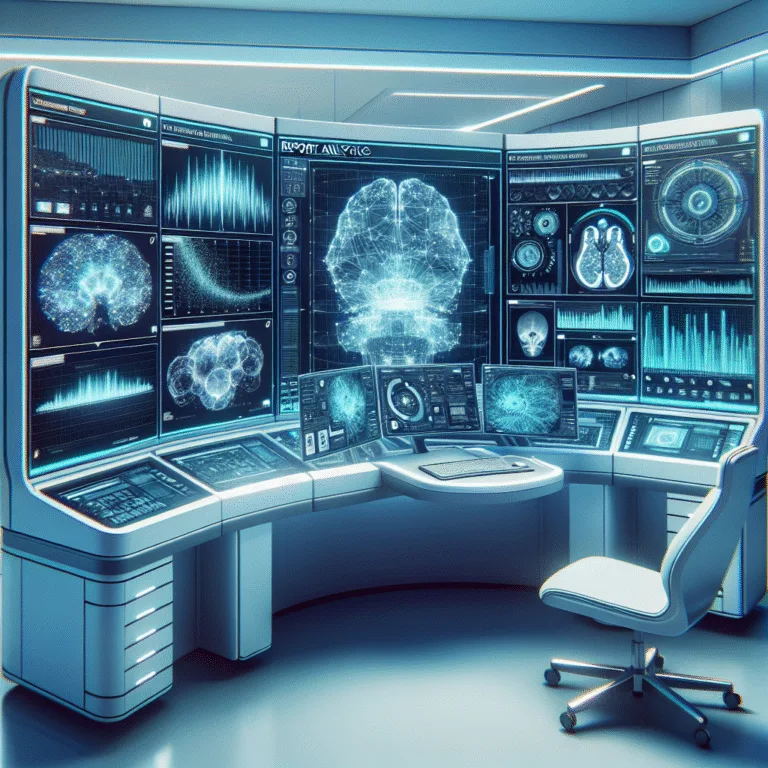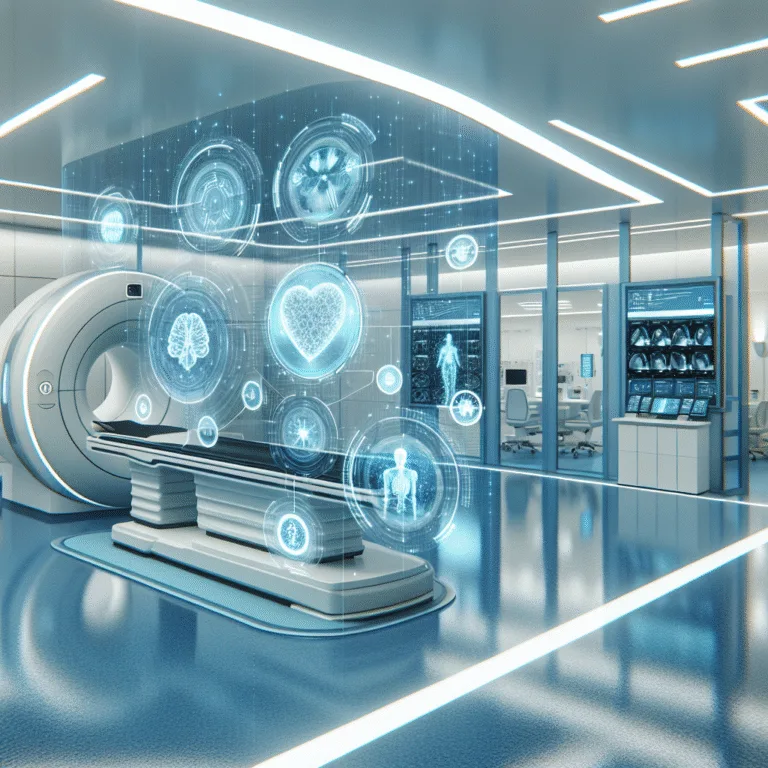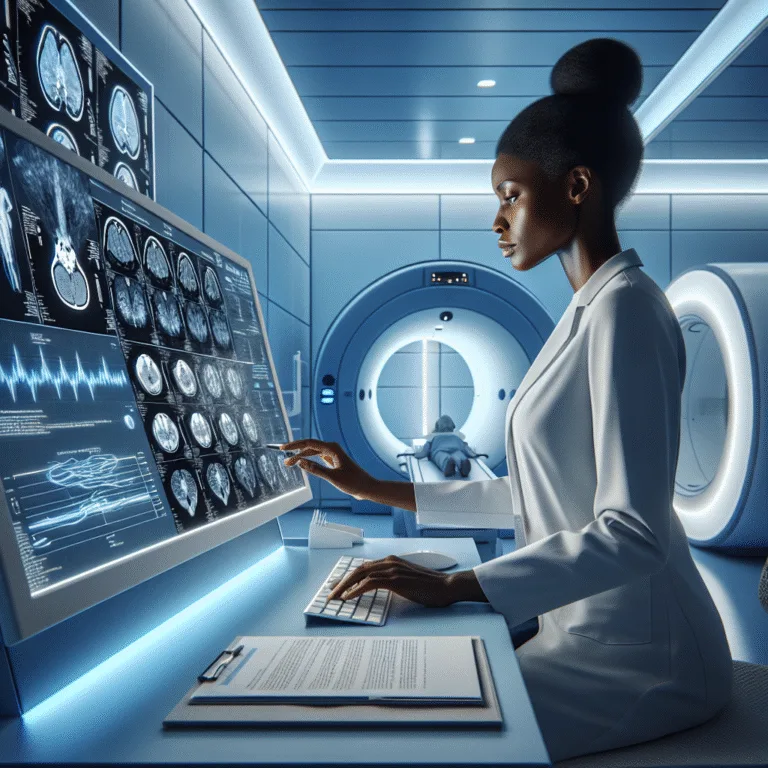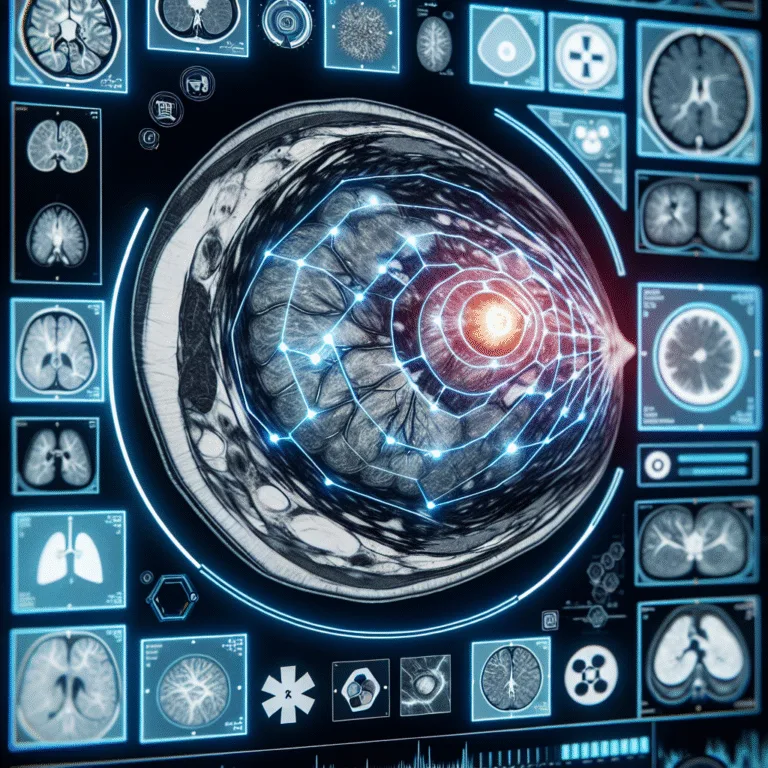Real-World Success Stories of AI in Radiology Departments
Real-World Success Stories of AI in Radiology Departments
Beyond the hype, how is AI actually performing in the real world? We’ve gathered compelling success stories from various radiology departments that have embraced AI. Discover their initial goals, their implementation journeys, and the measurable, positive impacts that AI-driven tools have had on their productivity and staff satisfaction.
AI is revolutionizing the landscape of radiology, offering transformative solutions that enhance efficiency and accuracy. The success stories of AI in radiology departments provide a glimpse into how these technologies are being effectively integrated into clinical workflows. By examining these real-world examples, radiologists and imaging professionals can gain insights into the potential benefits and challenges of adopting AI.
Initial Goals of AI Integration
Many radiology departments initially adopt AI with the goal of improving diagnostic accuracy and reducing workload. AI tools can assist in identifying subtle patterns in imaging that might be missed by the human eye, thus enhancing diagnostic confidence. Additionally, AI can automate routine tasks, allowing radiologists to focus on more complex cases.
- Improved Diagnostic Accuracy: AI algorithms can detect anomalies with high precision, supporting radiologists in making more accurate diagnoses.
- Workload Reduction: By automating repetitive tasks, AI frees up valuable time for radiologists, enabling them to concentrate on patient care.
Implementation Journeys
The journey to integrating AI in radiology departments involves several critical steps, including selecting the right technology, training staff, and ensuring seamless integration with existing systems. The following success stories illustrate how different departments have navigated these challenges.
Case Study: University Hospital
At University Hospital, the radiology department implemented an AI-driven tool to assist in mammography screenings. The tool was designed to identify potential malignancies with greater accuracy than traditional methods. After a rigorous training period, the AI system was fully integrated, resulting in a 15% increase in detection rates for early-stage breast cancer. This success highlights the importance of thorough training and validation processes.
Case Study: City Medical Center
City Medical Center focused on reducing the turnaround time for CT scans. By deploying an AI solution that prioritized cases based on urgency, they achieved a 30% reduction in reporting time. This improvement not only enhanced patient satisfaction but also increased the department’s capacity to handle more cases efficiently.
Measurable Impacts on Productivity and Staff Satisfaction
The success stories of AI in radiology departments demonstrate significant improvements in both productivity and staff satisfaction. These outcomes are crucial for sustaining the long-term adoption of AI technologies.
- Increased Productivity: AI tools streamline workflows, allowing radiologists to process a higher volume of cases without compromising quality.
- Enhanced Staff Satisfaction: By reducing the burden of repetitive tasks, AI contributes to a more fulfilling work environment for radiologists.
For instance, a study published in the National Center for Biotechnology Information reported that radiologists using AI-assisted tools experienced a 20% increase in job satisfaction due to reduced stress levels and improved work-life balance.
Challenges and Considerations
While the benefits of AI are substantial, there are challenges to consider. Data privacy, algorithm bias, and the need for continuous system updates are critical factors that departments must address. Collaborating with AI vendors and regulatory bodies can help mitigate these issues.
Additionally, departments should consider using platforms like Rad Report AI to streamline the integration process and enhance reporting efficiency. Such tools offer customizable solutions that align with the specific needs of radiology professionals.
Sample Radiology Report Template
Patient Name: [Name]
Date of Birth: [DOB]
Study: [Type of Study]
Date of Study: [Date]
Findings:
- [Description of findings]
- [Additional observations]
Impression:
- [Summary of findings and potential diagnosis]
Radiologist: [Name]
Date: [Date]
Conclusion
The success stories of AI in radiology departments underscore the transformative potential of AI technologies. By enhancing diagnostic accuracy, reducing workload, and improving staff satisfaction, AI is poised to become an integral part of radiology practices worldwide. As departments continue to embrace these innovations, the future of radiology looks promising.
For radiologists and imaging professionals seeking to enhance their reporting efficiency, exploring AI-driven solutions like Rad Report AI can provide significant advantages. By leveraging these tools, departments can achieve faster, smarter reporting, ultimately benefiting both patients and healthcare providers.
🚀 Try Rad Report AI For Free — and experience faster, smarter reporting today.







